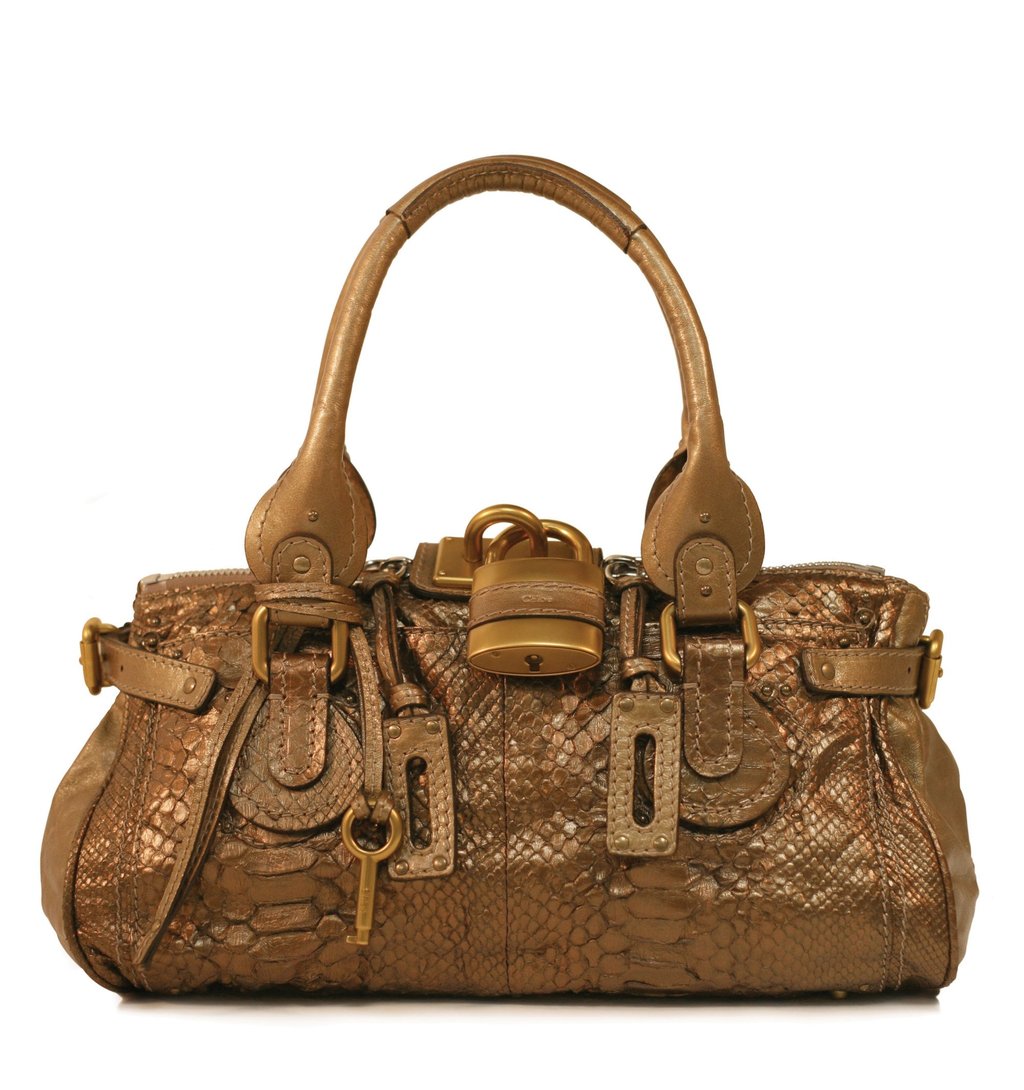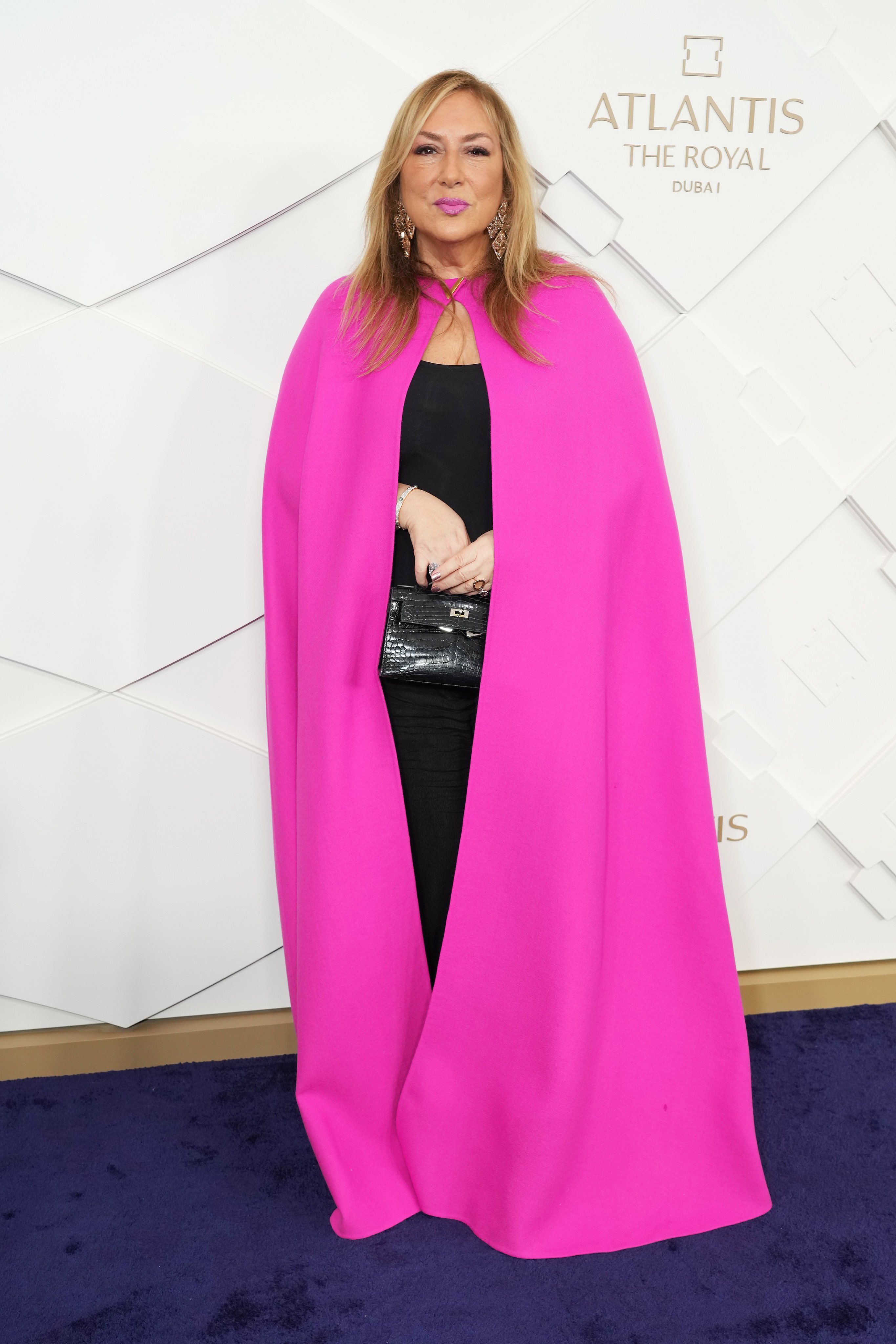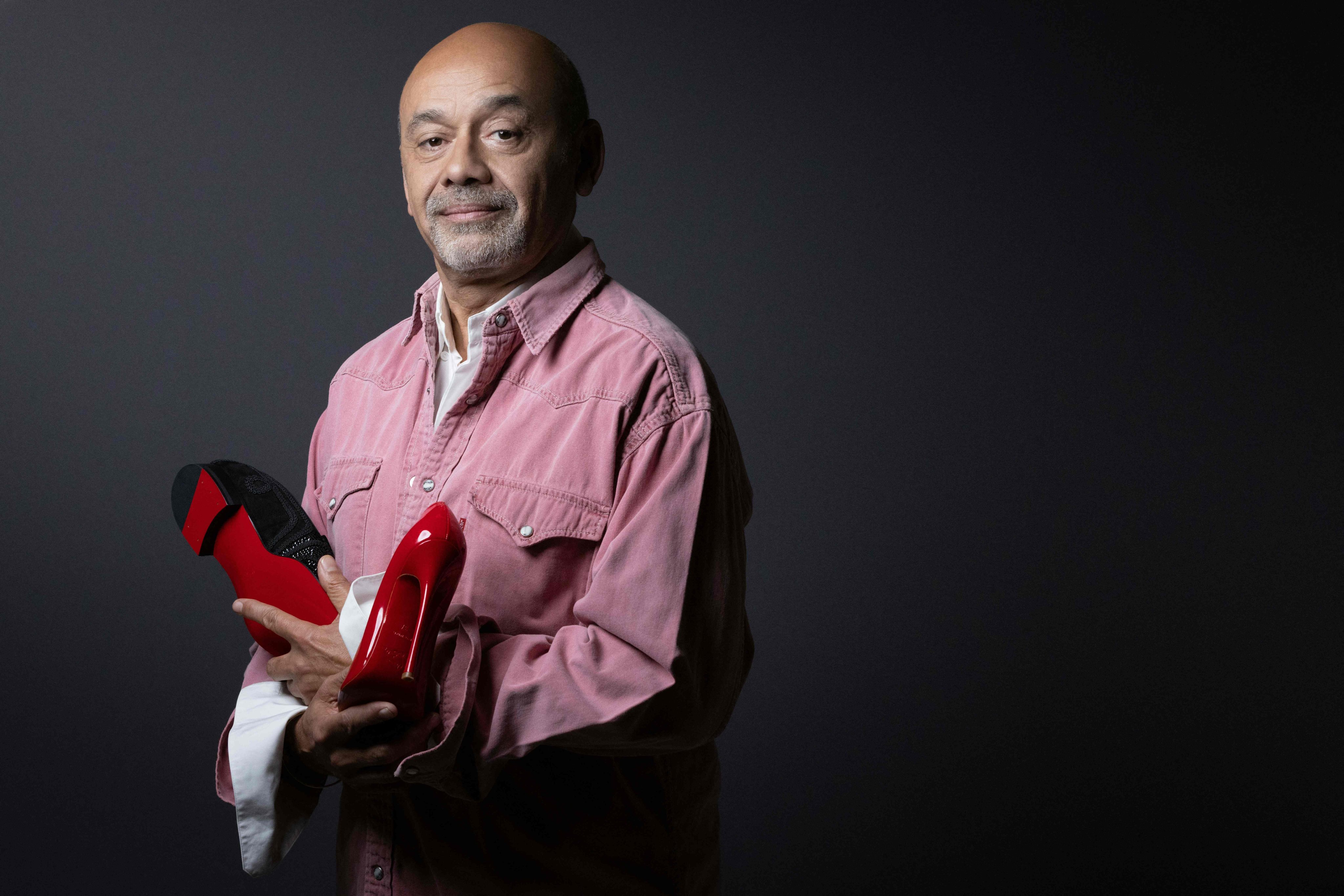Explainer / How the Chloé Paddington revolutionised handbags today: launched by Phoebe Philo in 2005, the coveted ‘It’ bag kick-started the hardware trend with a simple padlock

- When Gaby Aghion founded Chloé in 1952, she envisioned a modern future for fashion using romantic, spirited designs with the right amount of feminine-masculine energy
- Phoebe Philo was the maison’s creative director from 2001-2006, and during her tenure she made waves in the industry, introducing the Bracelet and Silverado bags before the iconic Paddington
When Phoebe Philo became the maison’s creative director in 2001, she ushered in a new era of leather goods and revolutionised the scale of what handbag design could incorporate. Stylishly decorative and visually chaotic, she loaded her bags with industrial-sized chunks of metal, helping invent what was to be known as handbag hardware.
The world had never seen anything like it. From the Bracelet to the Silverado, her bags sold out everywhere they landed. But the zenith of Chloé’s leather goods and handbags came in 2005, when the British designer created the Paddington.

Following Chloé’s core values of freedom and travel, the Paddington leaned on Left Bank bohemianism, a roughed-up sweetness that featured worn-in leather and soft, rounded edges that were described as having a “luggage feel” with oversized proportions.
Buckles were put on both ends and the grand show-stopping visual of the bag was an enormous, leather-wrapped padlock hanging from the bag’s centre and weighing nearly half a kilogram (when empty, the bag is reported to weigh in at a shoulder-busting 1.3kg). Philo’s nod towards the literal – an industrial padlock to convey the handbag’s role of safekeeping – took the world by storm.











